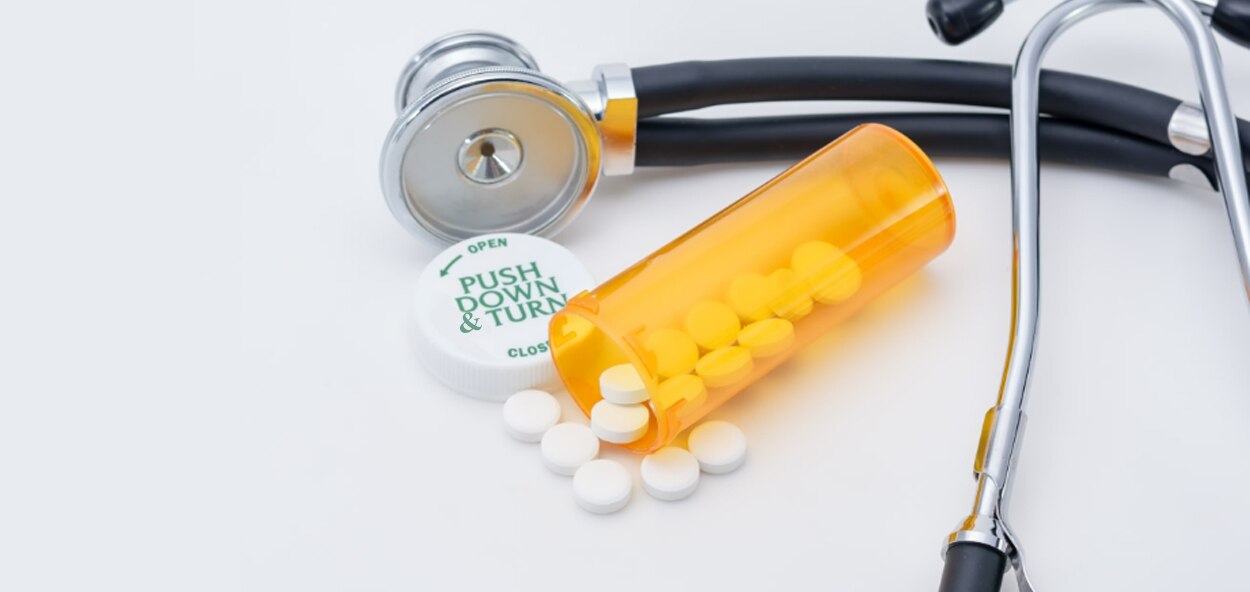Trends
Medication substitution and tampering are difficult to detect methods of drug diversion.6 In the last 20 years, several high-profile cases have highlighted these risks to patients. The Centers for Disease Control and Prevention (CDC) maintains a list of outbreaks of infectious diseases associated with drug diversion where the CDC and state or local health departments have assisted in investigations.5 Data from 1983-2018 highlights 13 unique instances of drug diversion by healthcare workers that led to 222 cases of viral (Hepatitis C) or bacterial infections. These infectious cases, however, are not the only potential patient safety risks due to healthcare worker diversion.
In cases of medication substitution or tampering, patients may receive less than ordered or no medication leaving them with untreated pain.7 An additional risk, regardless of the type of diversion, is that the patient may be receiving their healthcare by an impaired healthcare worker who may make other medical errors due to their impairment.7
Some signs of diversion may be noticeable, such as a caregiver who appears impaired or intoxicated.8 Other, subtle signs may be found when organizations perform a root cause analysis. Unfortunately, in many cases, peers were concerned about the diverting caregiver long before they are detected but did not speak up. They may not speak up, believing that someone else is responsible for addressing this issue, because they are concerned that their colleague may lose their license or job or because they simply cannot believe that their colleagues would be involved in drug diversion.6, 7,8
Available data demonstrate that 10-15% of the healthcare workforce experiences alcohol or substance use disorder at some point during their career.9 In 2019, the BD Institute for Medication Management Excellence launched a survey of over 650 healthcare executives and providers about hospital drug diversion. Importantly, workplace stress makes health care providers more vulnerable to substance use disorder. Even more concerning perhaps is that in that survey 78% of responders stated they know a coworker stressed to the breaking point and although 74% of providers are comfortable seeking help to manage stress, only 39% sought out help.10 Stress, pressures, and trauma after two years of dealing with COVID-19 surges and fatalities, may increase the likelihood of healthcare worker diversion.11 As healthcare organizations expanded the intensive care units and more caregivers were provided access to potent opioids, new opportunities for diversion developed.11
Through root cause analysis12 after a drug diversion case, a healthcare organization may uncover how a healthcare worker diverted in a specific case. Far less is known about why a healthcare worker would risk their career or a patient’s safety. Some possibilities include:
- Misjudged risk11 - many times healthcare workers with substance use disorder may not recognize that they are placing patients at risk by their actions. Others feel that the risk of getting caught is low because the medications were just going to be wasted (such as in the case of a medication dose that doesn’t equal the full vial contents). These situations may lead them to incorrectly justify their diversion.
- Risk points in the system13 - most facilities do not audit residual waste to ensure the product being wasted is accurate. Without accurate identification of the contents of these syringes, other healthcare workers may be witnessing a waste of saline or water without knowing the medication has been tampered.
- Physical and psychological dependence11 - in many cases, the diverting healthcare worker may divert to avoid withdrawal symptoms associated with their substance use disorder (such as anxiety, hypertension, sweating, nausea, or vomiting) with the access they already have to similar medications.
